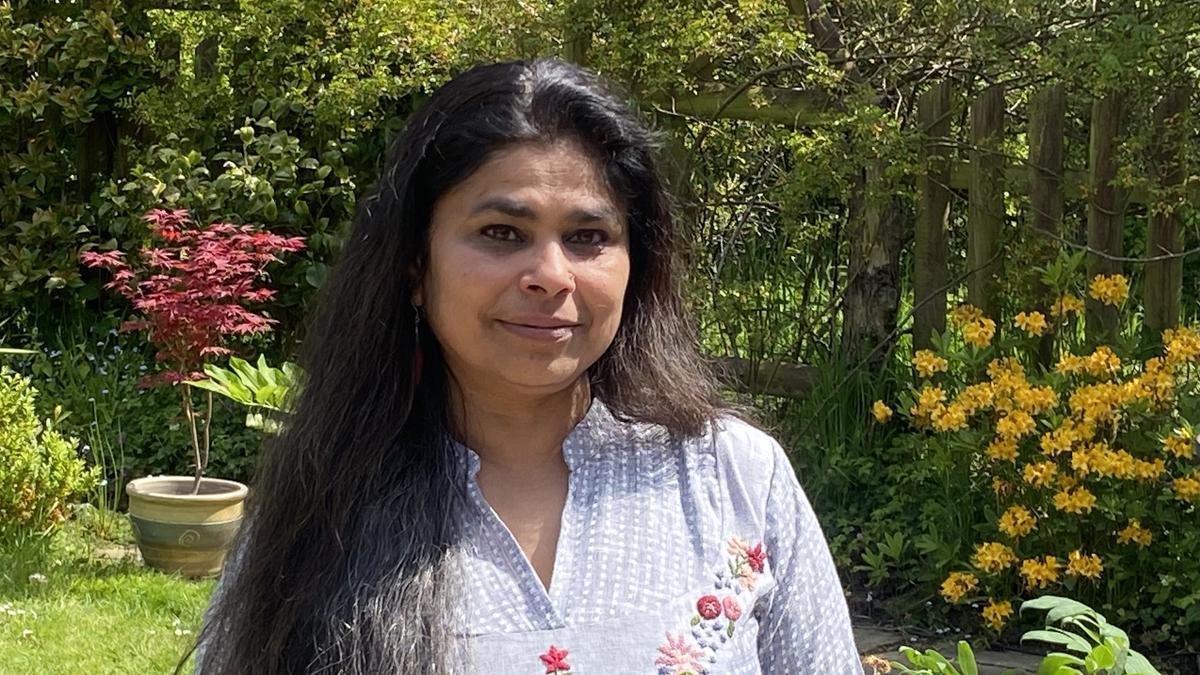
‘I’m partial to books with child protagonists’: Jayasree Kalathil on translating Malayalam writer Sandhya Mary’s novel Maria, Just Maria
The Hindu
Award-winning translator Jayasree Kalathil brings to life Malayalam writer Sandhya Mary's witty and insightful novel, ‘Maria, Just Maria’, exploring societal norms.
Sandhya Mary’s Maria, Just Maria, translated from the Malayalam by the award-winning Jayasree Kalathil, is a witty and insightful investigation into contemporary society’s binary ideas such as normal and abnormal. A moving and humorous novel written from the perspective of a child, it is the story of a girl born in Kerala, into a Syrian Christian family. Sharing her experience of translating this book, Kalathil delves into ideas of storytelling, writing children’s points-of-view, and the experiences of women in society. Edited excerpts:
I usually only translate books I like as a reader myself. I don’t go by literary importance, or if the writer is well-known. The books that I like must also sit well with my personal politics. When it came to Maria, Just Maria, I’m quite partial to books that have children as the protagonists. I like books narrated from their point-of-view, or books that have one or two children as the main characters. In the hands of good writers, I think that does something to the way in which you can write a book. It’s about writers who don’t condescend children or writers who don’t see children as lesser human beings.
I’ve often referenced what Edith Grossman says. There’s only so much you can do being faithful to words and syntaxes because each language behaves differently. I don’t agonise over words. What I try to do is try to bring across the intent of the author, so that is what we need to do as a translator. Maria wasn’t a difficult book to translate. In fact, many parts of the book were natural to translate. It allowed itself to be translated much more easily than some other books.
Sandhya Mary has a very specific kind of humour. As it is, humour is difficult to translate. But the positive thing for me as a translator is that I get Sandhya’s humour. It’s the kind of humour that I like and one that makes sense to me. That helped. I did have to pay attention to the fact that I didn’t lose that humour through the translation.
The dialogues are reflective of what we’ve gone through as women in my generation. They also denote a certain time in history. The story, while being about Maria, is also set in context to the land, the history, and the social and political aspects of that time.
The power that’s in the original somehow has to be conveyed in a translation. You can’t lose the intensity. Sometimes, you must work carefully to bring that intensity into the story. It helps that the time the story is set in is one I connect with completely. It is our generation; it is our childhood in some ways, and that really comes through.
You’ll notice the book is not really a light-hearted read but it’s also joyful, in all that happens. The humour really comes through. What’s special about this book is that it just allows the characters to be as they are, it doesn’t try to find resolutions or answers for them along the way.











